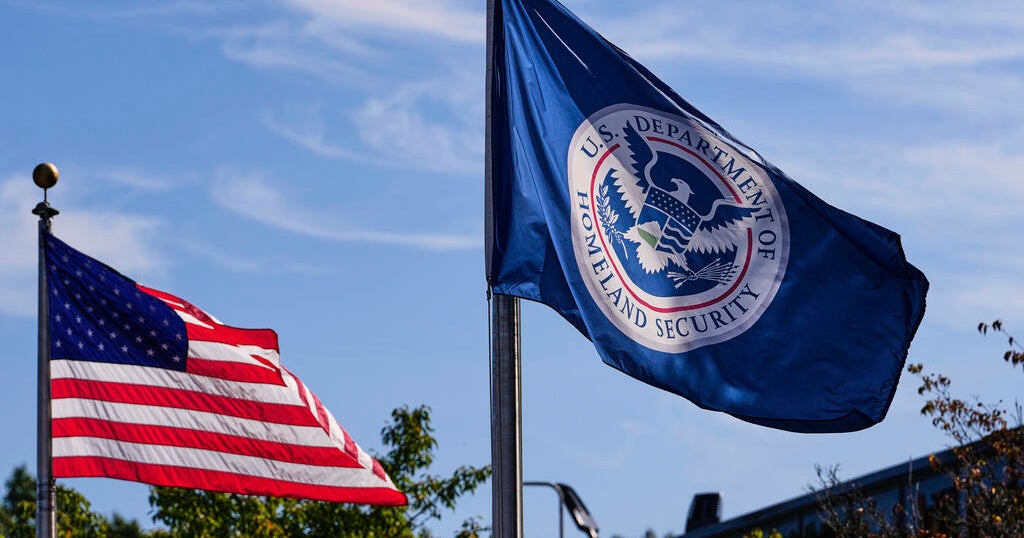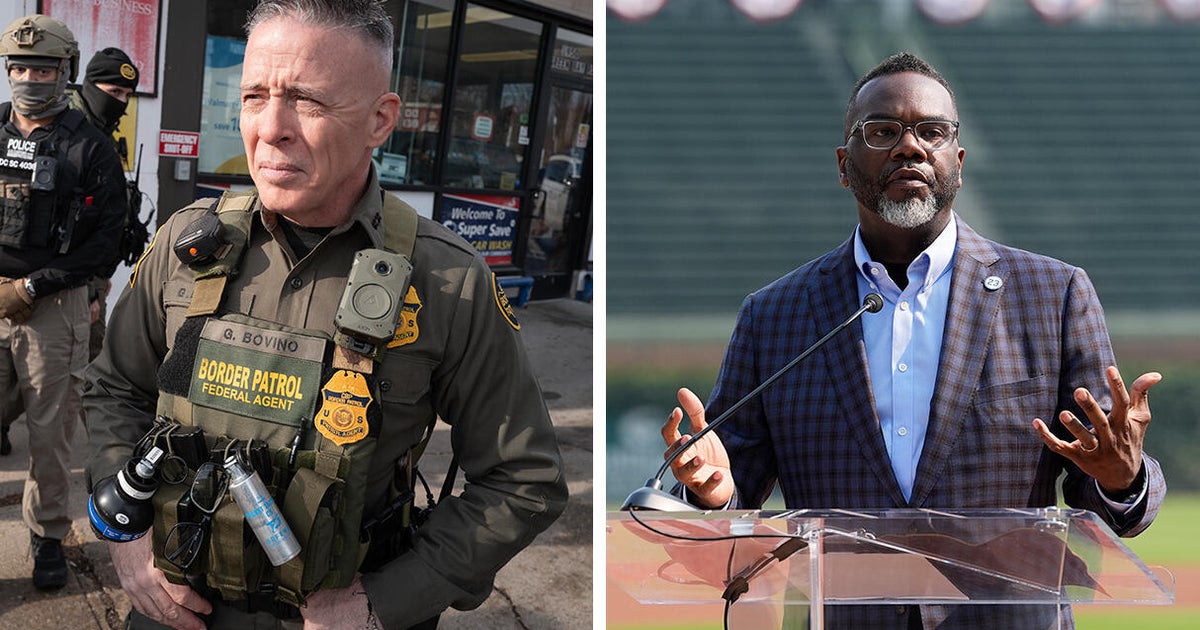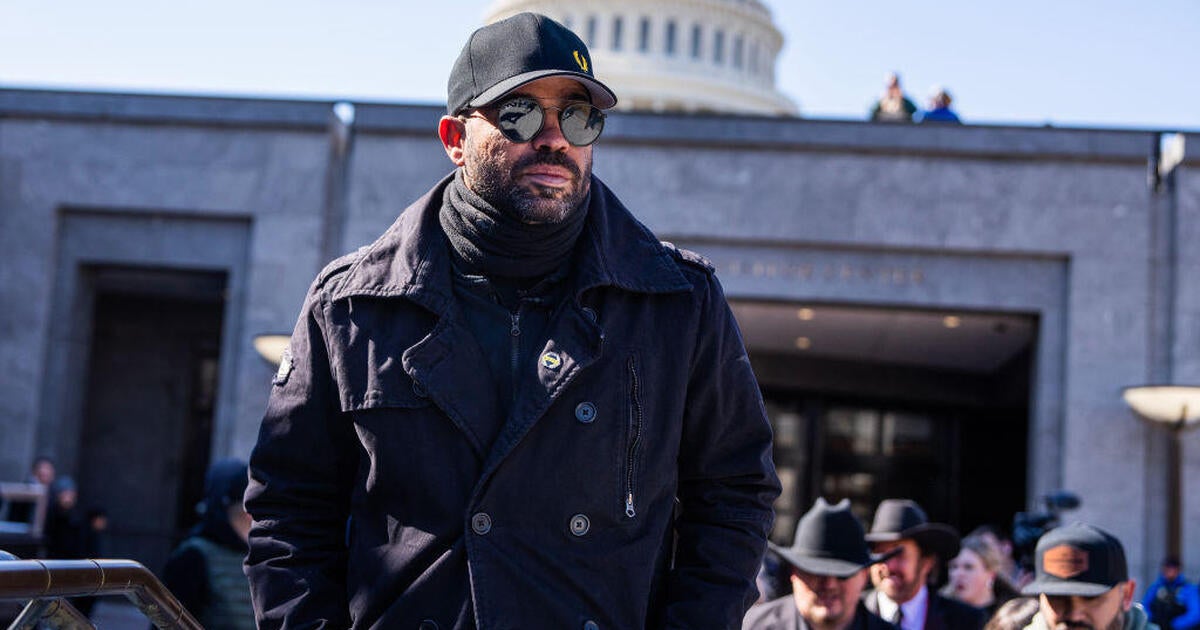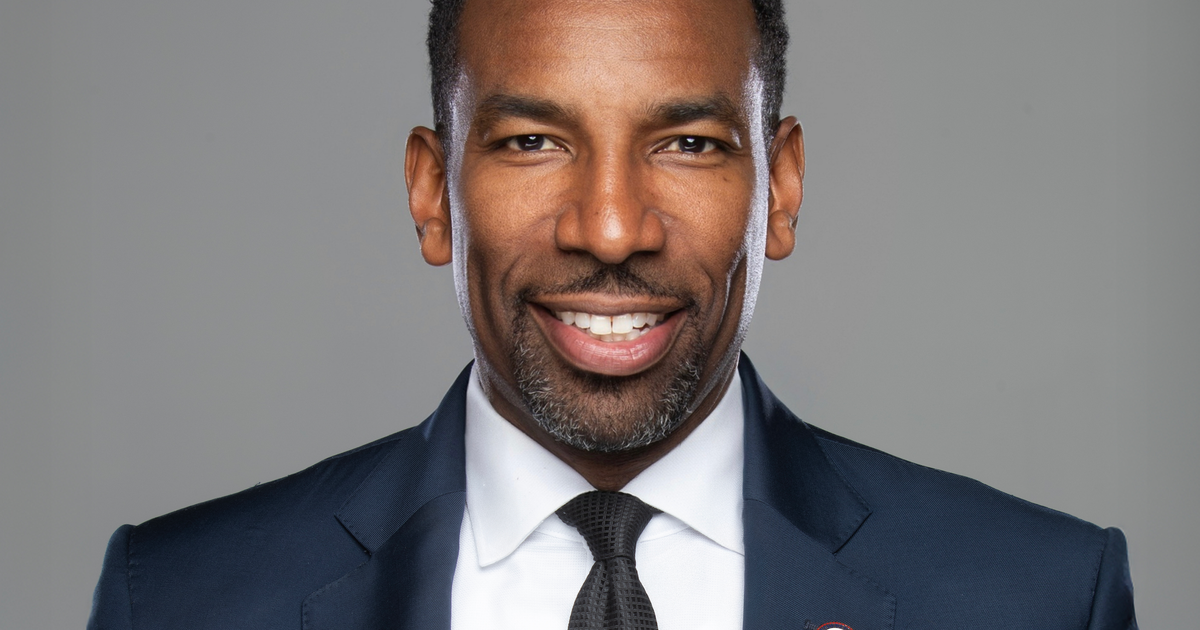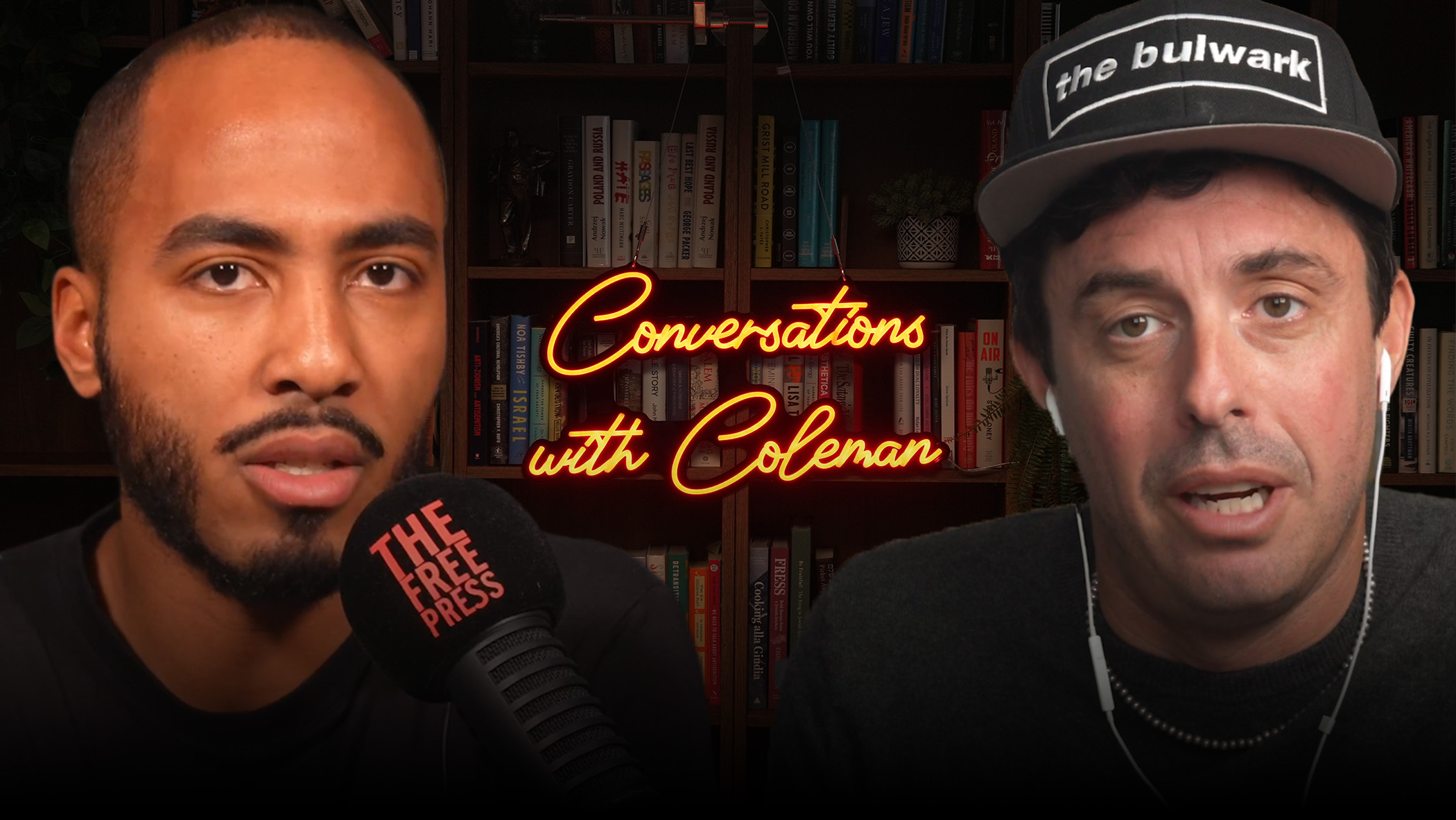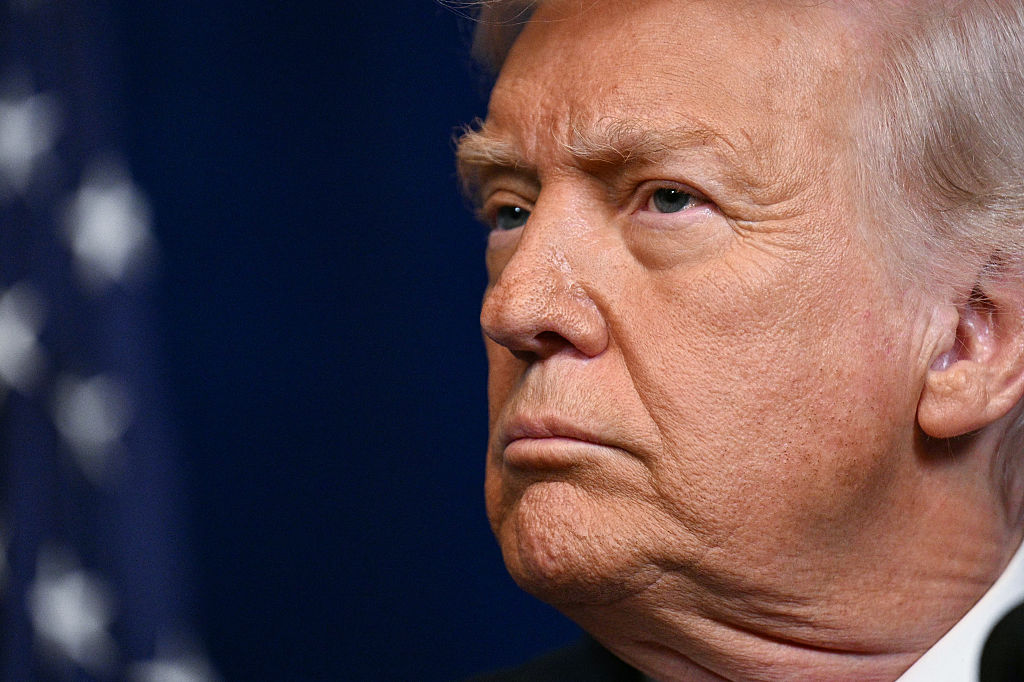White House press secretary compares Trump's church visit to Churchill surveying WWII damage
White House press secretary Kayleigh McEnany on Wedneday compared President Trump's visit to St. John's Church, made possible after law enforcement forcibly removed protesters from the area, to British Prime Minister Winston Churchill's walking surveys of bombing damage during World War II.
"[T]hrough all of time, we've seen presidents and leaders across the world who have had leadership moments and very powerful symbols that were important for a nation to see at any given time to show a message of resilience and determination. Like Churchill — we saw him inspecting the bombing damage, it sent a powerful message of leadership to the British people, and George W. Bush throwing out the ceremonial first pitch after 9/11, and Jimmy Carter putting on a sweater to encourage energy savings and George H.W. Bush signing the Americans with Disabilities Act flanked by two disabled Americans," McEnany said in a White House briefing Wednesday.
"And for this president it was powerful and important to send a message that the, rioters, the looters, the anarchists — they will not prevail — that burning churches are not what America is about. And that moment, holding the Bible up, is something that has been widely hailed by Franklin Graham and others, and it was a very important symbol to see that we will get through this, through unity and through faith," she continued.
Mr. Trump has been harshly criticized, including by clergy of St. John's Church and the Episcopal Church, for his stop in front of the historic church — steps away from the White House — where he silently stood and briefly held up a Bible in front of the church for pictures, though he did not offer a prayer from the Bible or open it. A handful of Senate Republicans have also expressed their displeasure with the way the situation was handled.
The president has expressed his admiration for Churchill in the past, saying he's a "big fan" of the British leader who helped lead the United Kingdom and the world out of World War II.
McEnany was also asked for further explanation about the clearing of the park, which occurred just before the president's visit. She directed questions to Attorney General William Barr, who, she said, had "determined that we needed to expand the perimeter by one block on each side" and was "surprised" that had not happened when he arrived at the White House Monday afternoon. A Justice Department official told CBS News the decision was made late Sunday or early Monday morning to move the perimeter keeping protesters from getting close to the White House back one block.
The press secretary could not explain why there was a gap between when the park was supposed to be cleared, and when it was actually cleared, moments before the president gave a statement declaring that he was the "president of law and order" and an "ally of peaceful protesters."
The White House insists no tear gas was used against protesters Saturday afternoon, although it isn't denying that another chemical agent was used. Protesters and journalists alike said something the police used burned their eyes. Reporters have also noted that if warnings were given to clear the area, it was too loud to hear them.
"The protesters were told three times over loudspeaker that they needed to move and what happened was, it grew increasingly unruly," McEnany said. "There were projectiles being thrown at officers frozen water bottles were being thrown at officers, various other projectiles, and the officers had no other choice than, in that moment, to act and make sure that they were safe and that the perimeter was pushed back because as we all know a church was burning in that very area the night before."
